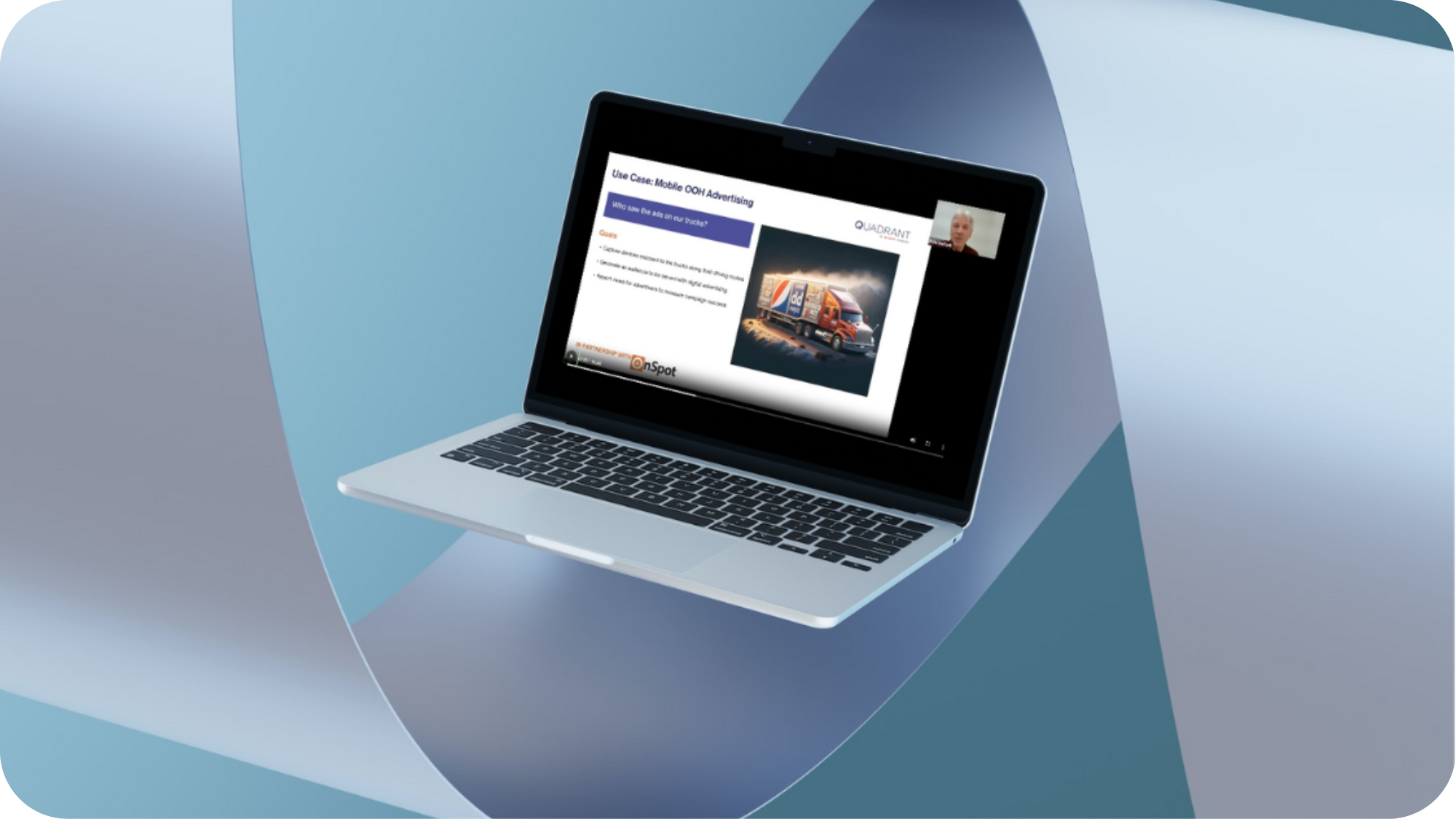Out-of-Home (OOH) advertising or outdoor media is integral to the multi-pronged marketing strategies adopted by consumer-facing businesses. Research has found that OOH drives more online activity per ad dollar spent than any other media. It is 382 percent more effective than TV, 200 percent more effective than print, and 63 percent more effective than radio ads in driving customers to an online platform. Outdoor media is instrumental for businesses to increase awareness of products and services - both online and offline. The market size is expected to reach US$ 33 Billion by 2027, exhibiting a CAGR of 13.41% during 2022-2027.

Our latest eBook discusses how mobile location data, especially in conjunction with POI data, can drastically improve the effectiveness of OOH campaigns.
What's inside?
Mobility patterns evolve alongside the socio-economic fabric of cities and can drastically change in response to events like the Covid-19 pandemic. Knowing where people are and learning about their outdoor behaviour can provide critical insights on how to optimise ad placement and messaging. For instance, by comparing historical footfall trends at the site of static or digital OOH assets and corresponding brand outlets, businesses can accurately predict the impact of a campaign and gauge the conversion aided by a certain billboard, or signage. This is just one example; the eBook covers several other common use cases:
Develop customer profiles
With location data, marketers can use travel patterns to develop customer profiles. Such customer segmentation, especially when combined with third-party data like census, spending, and demographic data, informs OOH firms on where and when to promote different brands and products.
Measure campaign performance
It is easy to measure the performance of digital marketing campaigns because the entire customer lifecycle is recorded on a digital analytics platform. In contrast, OOH campaigns are not that convenient to assess. However, by using mobility data to measure footfall near retail outlets and their promotional assets, consumer analytics firms are generating accurate estimates for OOH ads – thereby allowing clients to maximise marketing ROI.
Hyper-accurate targeted ads
Mobile location data can also serve as a bridge between online and offline marketing campaigns. For example, after using location data to create customer profiles, firms can push targeted mobile advertisements to individuals that have viewed their OOH ads. Such re-engagement strategies are highly effective in enhancing campaign recall – which, in turn, aids conversion.
Win your competitors' customers
With location data, companies can launch location-based digital campaigns that get delivered when people are near their competitor’s outlets, or place OOH ads in the vicinity to redirect prospects towards their own stores.
Pricing OOH inventory based on performance
For inventory holders considering business expansion, choosing an optimal location that has a high footfall is of the utmost importance. Using location intelligence, these companies can identify high-performing assets and charge a premium price for them.




